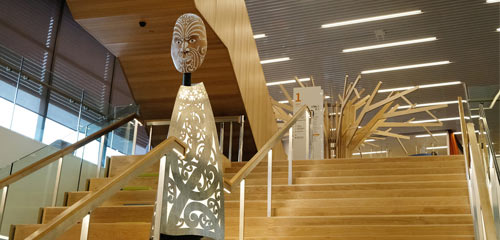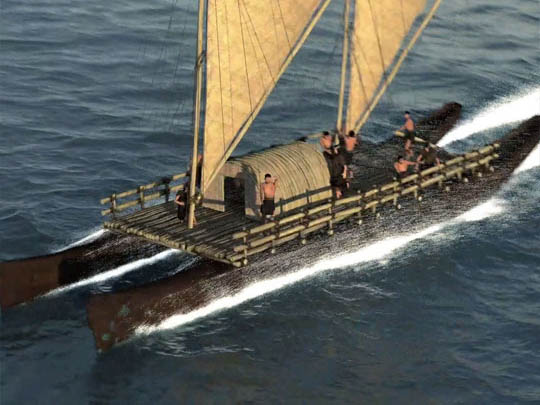Mātauranga Māori
Section outline
-
-
The Matapopore Trust has been a key partner in the development of our new central library since the beginning of the project. Cultural values, aspirations and narratives are woven throughout Tūranga's entire experience.

-
"Our mission is to help tamariki learn from the past to navigate the future. Innovation is in our DNA, and with our engaging videos and fun activities, we prove that science, technology, engineering and maths (STEM) is not something to be afraid of. It's part of a much bigger world view - mātauranga."

-
Stuff - 14 Sep 2020
"As Te Wiki o Te Reo Māori (Māori Language Week) launches in New Zealand, the te reo names for Canterbury places tell us much about the region’s history, myths and legends."
-
"Kā Huru Manu, The Ngāi Tahu Cultural Mapping Project, is dedicated to mapping the traditional Māori place names and associated stories within the Ngāi Tahu rohe (tribal area). Place names are tangible reminders of the Ngāi Tahu relationship with the landscape of Te Waipounamu. Over 5,000 place names have been mapped and fully referenced from whānau manuscripts, published books, 19th century maps, newspaper articles and a vast array of unpublished material."
-
Hawke's Bay Tourism
"Art Deco was the most fashionable international design movement in modern art and architecture from 1925 until the 1940s, and was characterised by smooth lines, geometric shapes, streamlined forms and bright colours.
A little known fact about the style however is that in the 1930s, architects designing in the Art Deco style occasionally used decorative motifs from indigenous cultures - including, in New Zealand, motifs from Maori culture."

-
Science Learning Hub
The traditional concept of kaitiakitanga is part of a complex, social, cultural, economic and spiritual system that has been established through long association of iwi and hapū with land and waters. To understand kaitiakitanga is to have an understanding of these knowledge systems and te ao Māori perspectives relating to the world around us.

